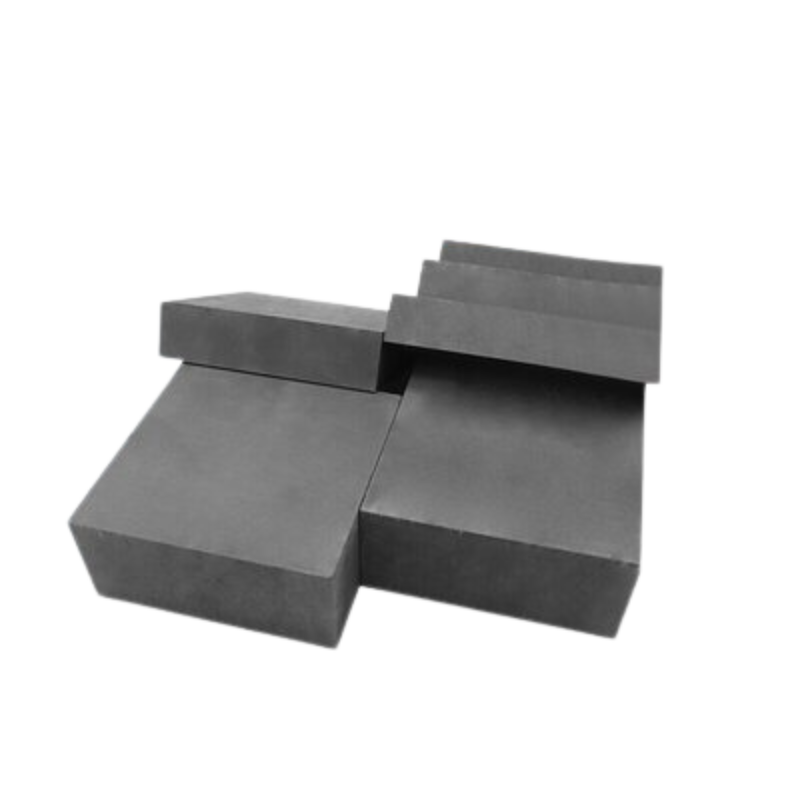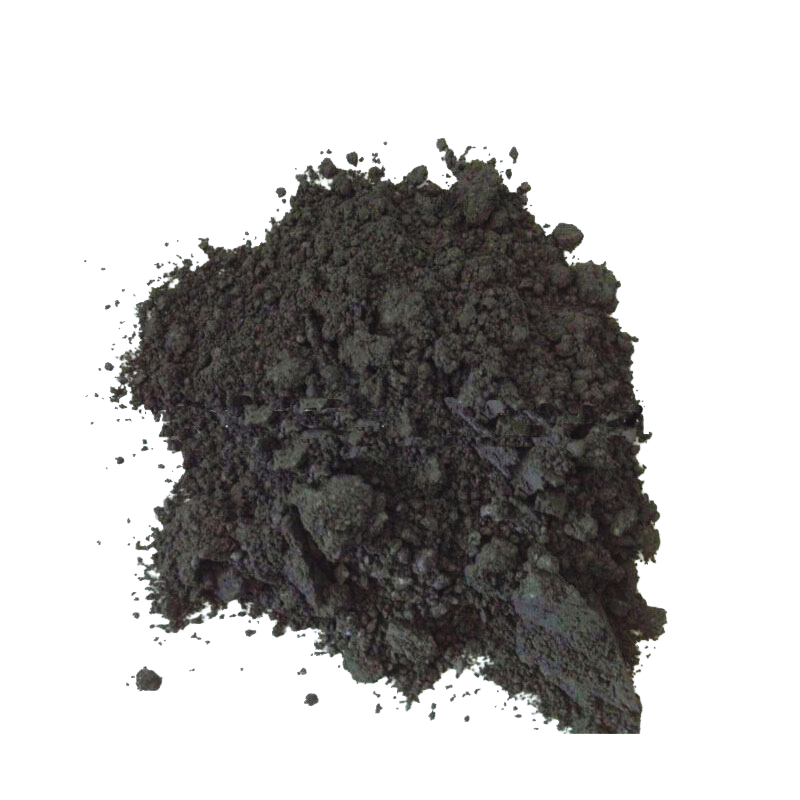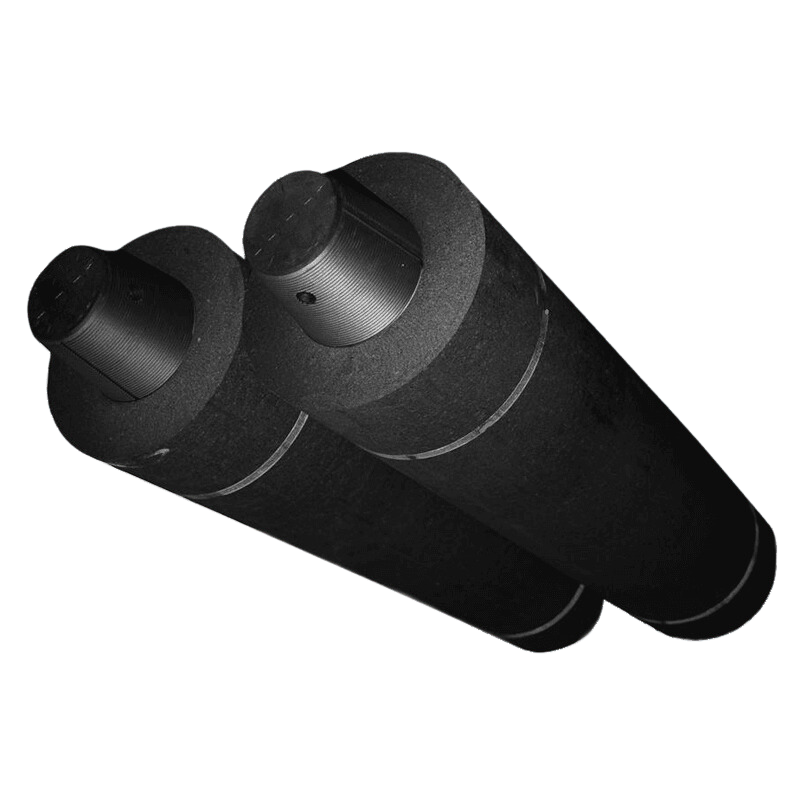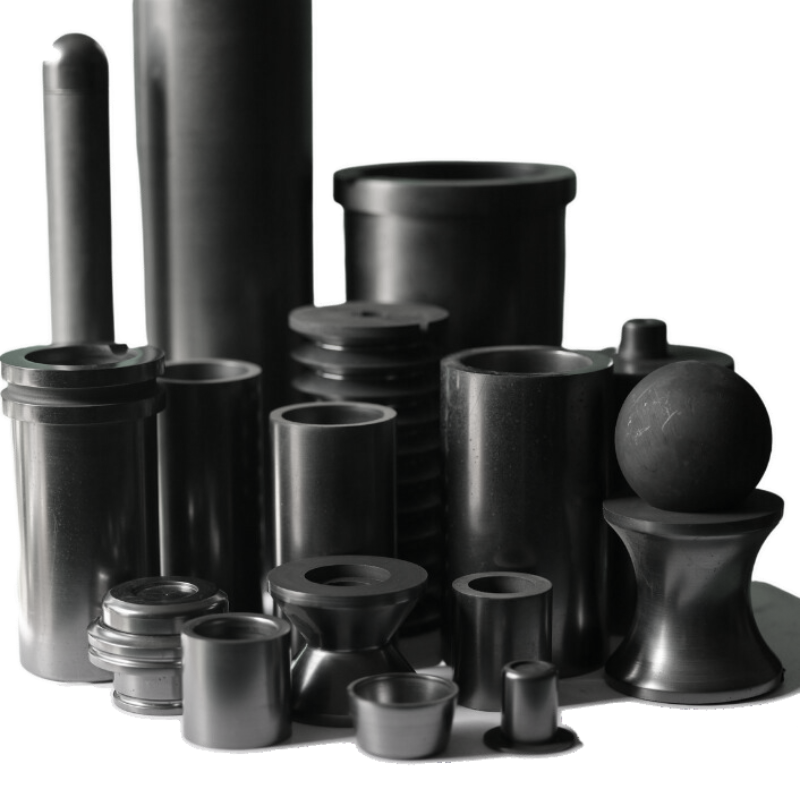The factors contributing to the damage of graphite molds in hot pressing can be categorized as follows:
1.High Temperatures and Thermal Stress: During hot pressing, the molds are subjected to high temperatures and pressures, resulting in severe thermal stress. This stress may cause uneven thermal expansion and contraction of the mold material, leading to cracks or deformation.
2.Thermal Cycling Effects: The molds undergo multiple cycles of heating and cooling during hot pressing. The uneven thermal expansion and contraction can accumulate internal stress and changes, resulting in cracks or failure.
3.Wear and Fatigue: Frequent use and exposure to high temperatures and pressures can lead to surface wear and fatigue of the molds, especially when in contact with the hot pressing materials. Friction and wear may occur, reducing the durability of the molds.
4.Material Selection and Quality: The choice and quality of mold materials directly affect their resistance to high temperatures, thermal stress, and wear. Poor-quality materials or those unsuitable for specific hot pressing processes may lead to premature mold failure.
5.Improper Operation and Maintenance: Incorrect operation, improper maintenance, and lack of timely upkeep can contribute to mold damage. For instance, excessive hot pressing temperatures, inappropriate pressure, and inadequate cooling methods can adversely affect the molds.
6.Design Deficiencies: If the mold design is unreasonable or flawed, such as having stress concentration areas or insufficient structural strength, it may result in cracks or failure during hot pressing.
In summary, the factors contributing to the damage of graphite molds in hot pressing include high temperatures and thermal stress, thermal cycling effects, wear and fatigue, material selection and quality, improper operation and maintenance, and design deficiencies. To mitigate mold damage, appropriate measures such as selecting suitable mold materials, optimizing process parameters, enhancing operation and maintenance practices, and improving mold design are necessary.





